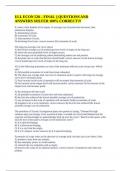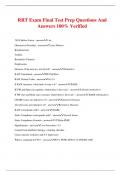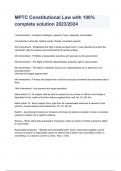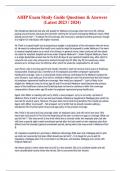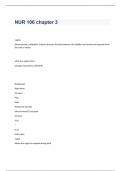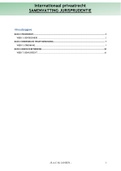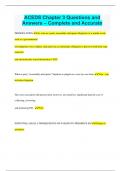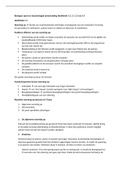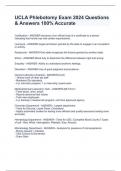Exam (elaborations)
ULL ECON 528 – FINAL || QUESTIONS AND ANSWERS SOLVED 100% CORRECT!!!
- Course
- Institution
If, when a firm doubles all its inputs, its average cost of production decreases, then production displays A) diminishing returns. B) economies of scale. C) diseconomies of scale. D) declining fixed costs. correct answers B) economies of scale. The long-run average cost curve shows A) the l...
[Show more]
